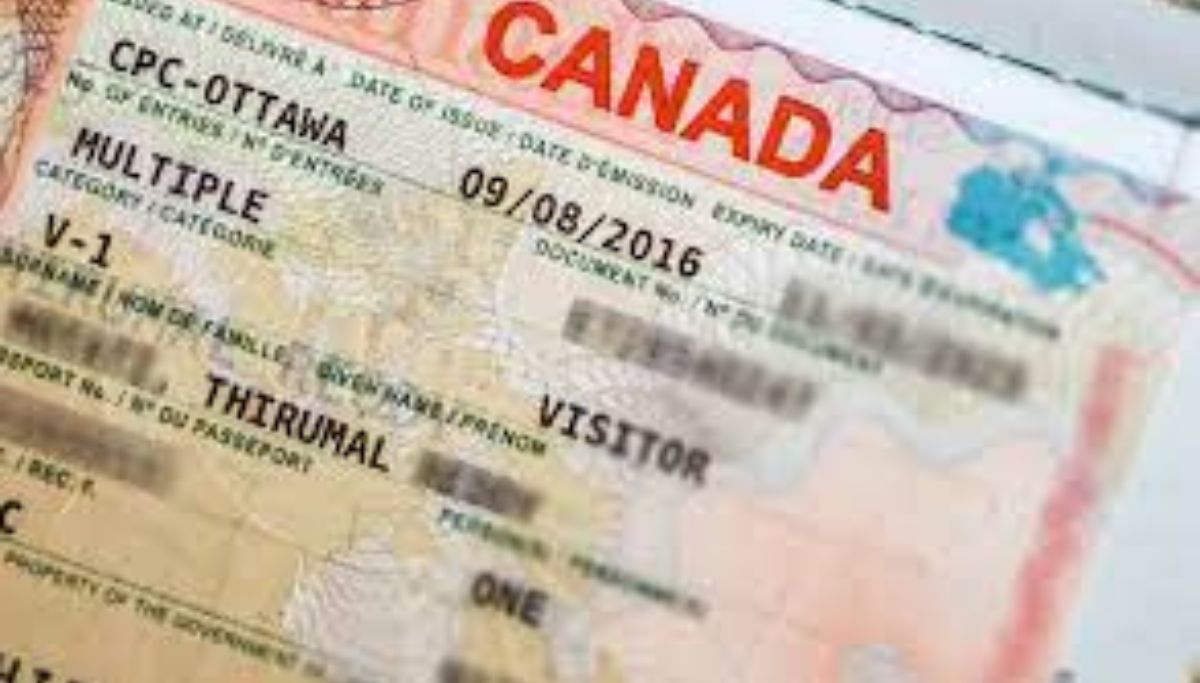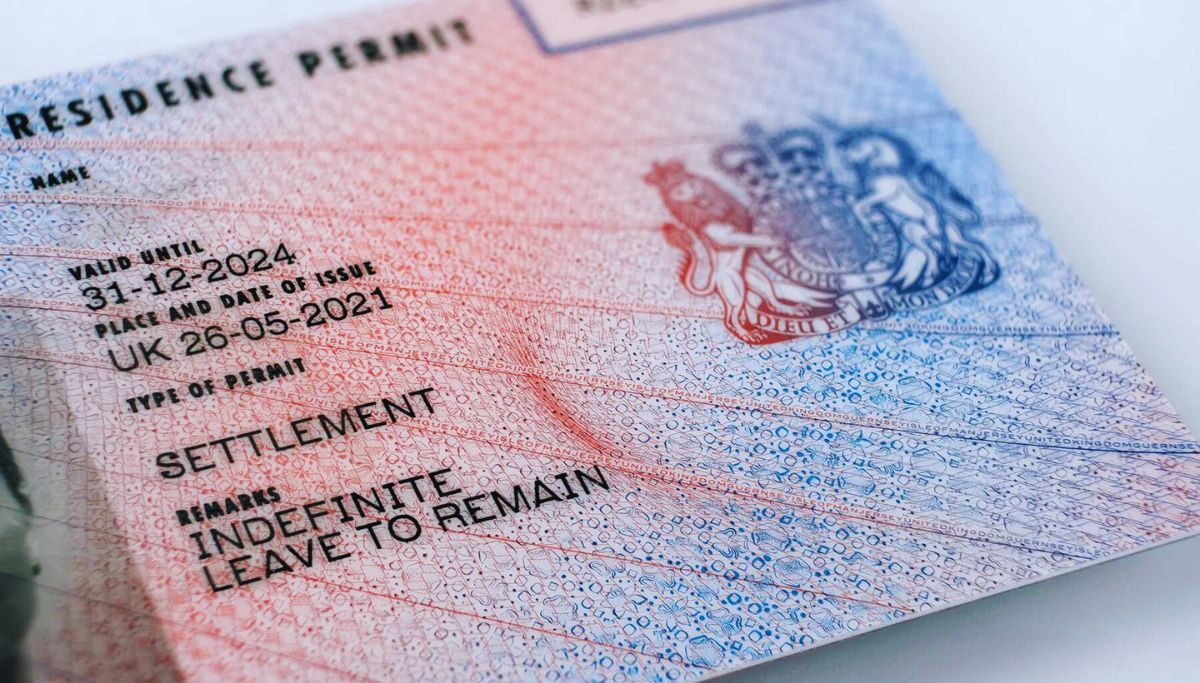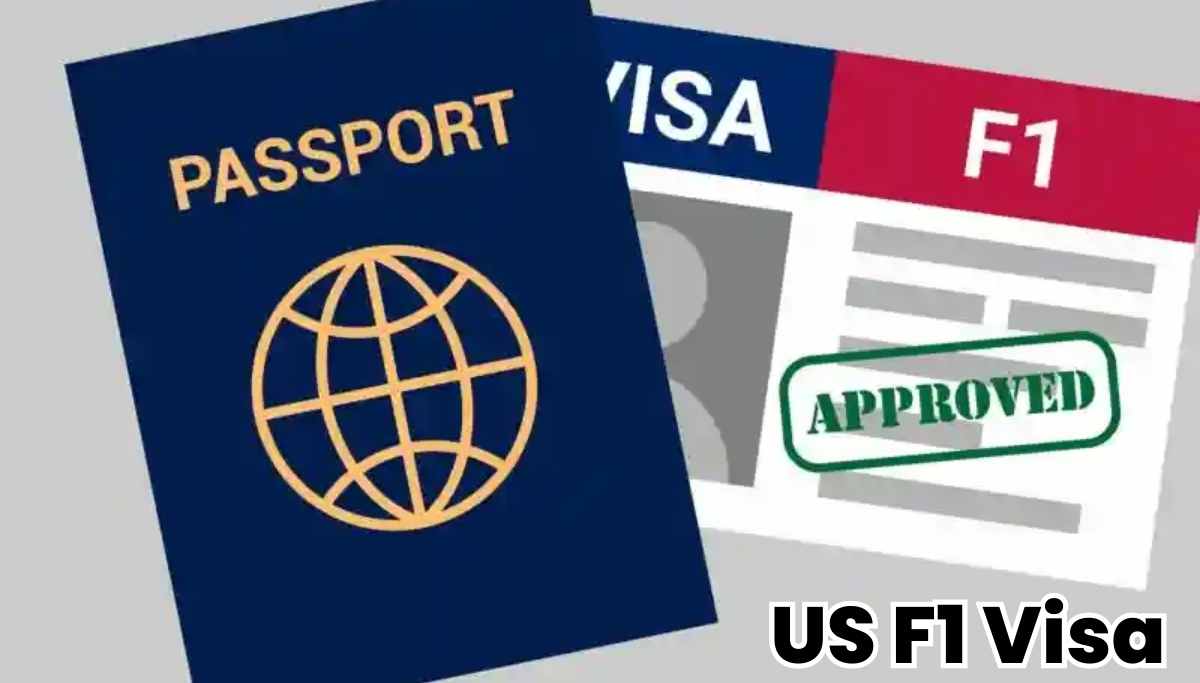Table of Contents
Canada is popular for its advanced education system, diverse culture, and abundant education opportunities. However, before you set foot in the land of maple leaves, you need to understand the world of visas and permits. In Canada, two prominent options for study permits are the Study Direct Stream (SDS) and the Non-SDS categories. In this blog, we will explore deep into the difference between SDS and Non SDS visa, offering you a roadmap to make a wise decision about your study abroad journey.
What Is SDS Visa?
The Study Direct Stream (SDS) is a streamlined study permit processing programme for international students planning to study in Canada. It is designed to expedite the application process and provide faster visa approval for eligible candidates.
SDS Document Requirements For Visa
To apply for an SDS visa, you will need to gather the following documents:
1. Letter of Acceptance
2. Proof of Tuition Payment
3. GIC (Guaranteed Investment Certificate)
4. IELTS Test Results
Eligibility Criteria For SDS Visa
To be eligible for an SDS visa, you must meet the following criteria:
| Criteria | Description |
| Legal Residence | You should be a legal resident in one of the countries where the SDS programme is available. |
| Letter of Acceptance | Obtain an acceptance letter from a DLI. |
| Language Proficiency | Meet the minimum IELTS or language proficiency score required by your DLI. |
| Financial Proof | Provide proof of sufficient funds for tuition and living expenses, which includes the GIC. |
Advantages Of SDS Visa
The SDS programme offers several advantages to eligible candidates:
- Faster Processing Times
- Simplified Application Process
- Priority Processing
- Higher Visa Approval Rates
What Is Non SDS?
Non-SDS, also known as the regular study permit category, is the traditional route for international students wishing to study in Canada. Unlike SDS, this category does not have the same streamlined processing, which may result in longer waiting times for visa approval.
Required Documents For Non-SDS Visa
The document requirements for a Non-SDS study permit are generally similar to SDS, including
1. Letter of Acceptance recognised DLI in Canada.
2. Proof of Tuition Payment
3. Proof of Funds
4. Language Proficiency Test Results
Eligibility Criteria For Non-SDS Visa
The eligibility criteria for Non-SDS visas align with those of the SDS category, including
| Criteria | Description |
| Legal Residence | You should be a legal resident in your home country. |
| Letter of Acceptance | Secure an acceptance letter from a DLI. |
| Language Proficiency | Fulfill the language proficiency requirements set by your DLI. |
| Financial Capability | Demonstrate your ability to cover your tuition fees and living expenses while in Canada. |
Advantages Of Non-SDS Visa
While Non-SDS does not offer the same streamlined processing as SDS, it has its own set of advantages:
Flexibility: Non-SDS provides more flexibility in terms of document submission, allowing applicants to meet the requirements based on their unique circumstances.
Accessibility: Non-SDS is available to students from a wider range of countries, making it a suitable option for those who do not qualify for SDS.
The key difference between SDS and Non-SDS visa
Here are the general difference between SDS and Non-SDS Visas:
| Characteristic | SDS | Non-SDS |
| Eligibility | Students from select countries, including India, China, the Philippines, Vietnam, and Senegal. | Students from all countries. |
| Application process | Online only. | Online or offline. |
| Processing time | 4-6 weeks. | 2 months approx |
| Financial requirements | Proof of funds in a Canadian bank account for tuition and living expenses for the first year of study. | Proof of funds to cover tuition and living expenses for the entire duration of the study programme. |
| Language requirements | IELTS score of at least 6.0 in all four bands or a CLB score of at least 7 in all four bands. | IELTS score of at least 5.5 in all four bands or CLB score of at least 6 in all four bands. |
| Success rate | Higher. | Lower. |
Why Choose SDS Over Non-SDS Visa?
Choosing between SDS and Non-SDS depends on your circumstances. Here are some scenarios where SDS might be the preferred choice:
1. Faster Processing: If you need to start your studies quickly, SDS offers shorter processing times, allowing you to enrol in your desired programme sooner.
2. Specific Eligible Countries: SDS is only available to students from specific countries. If you belong to one of these countries, it might be the most convenient and efficient option for you.
3. Streamlined Requirements: SDS has more specific requirements, which can be easier to fulfil if you meet them.
4. Financial Planning: If you are comfortable with setting up a GIC and paying upfront tuition, SDS can be a more convenient choice.
Application Process For SDS And Non-SDS Visa
The application process for SDS and Non-SDS visas is similar in many ways, but there are some key differences.
SDS Visa Application Process
To apply for an SDS visa, you must meet the following eligibility criteria:
- You must be a citizen of a country designated by IRCC for the SDS programme.
- You must have been accepted to a Designated Learning Institution (DLI) in Canada.
- You must have a Guaranteed Investment Certificate (GIC) of at least CAD 10,000 from a participating financial institution.
- You must have paid your tuition fees for the first year of study.
- You must have a valid language test result (IELTS or TEF).
- You must meet the basic requirements for a study permit, such as being admissible to Canada and having sufficient funds to support yourself during your studies.
If you meet all of the eligibility criteria, you can apply for an SDS visa by following these steps:
- Create a GCKey account on the IRCC website.
- Log in to your GCKey account and fill out the online application form.
- Pay the application fee and biometrics fee.
- Schedule an appointment to provide your biometrics (fingerprints and photos).
- Upload all of the required supporting documents to your online application.
- Submit your application.
Non-SDS Visa Application Process
To apply for a Non-SDS visa, you must meet the basic requirements for a study permit, such as being admitted to Canada and having sufficient funds to support yourself during your studies. You may also be required to provide additional documentation, such as
- Proof of your previous education and work experience.
- A letter of explanation explaining why you are pursuing your studies in Canada.
- A letter of support from a family member or friend who is willing to help you financially during your studies.
Processing Time:
The processing time for an SDS visa is typically 20 days, while the processing time for a Non-SDS visa is typically 2-3 months.
Success Rates Of SDS And Non-SDS Category
In general, the SDS category has a higher success rate than the non-SDS category. According to the Immigration, Refugees and Citizenship Canada (IRCC), the SDS visa success rate in 2021 was 71%, whereas, for the non-SDS applicants, it was 40%.
Allowance For Family Members Of Applicants Under the SDS & Non-SDS Visa
SDS Visa
Family members of applicants under the Student Direct Stream (SDS) may be eligible for concurrent processing. This can lead to faster processing times for the entire family.
Non-SDS Visa
Family members of applicants under the Non-SDS visa category are not eligible for concurrent processing. This means that their applications will be processed separately from the primary applicant’s, which can lead to longer processing times.
Allowance for Family Members
The following family members are eligible to accompany applicants to Canada under the SDS and Non-SDS visa categories:
- Spouse or common-law partner
- Dependent children under the age of 19
Financial Requirements for Family Members
Family members of SDS and Non-SDS visa applicants must meet the following financial requirements:
- Proof of sufficient funds, this can be done by providing evidence of employment, savings, or a Guaranteed Investment Certificate (GIC).
- Proof of medical insurance.
How to Apply
To apply for a visa to accompany an SDS or Non-SDS visa applicant, family members must submit their own applications online with the following documentation:
- Passport
- Medical exam results
- Proof of financial support
- Proof of medical insurance
- Letter of invitation from the primary applicant
Wrapping Up
In your pursuit of higher education in Canada, knowing the difference between SDS and Non SDS visa is significant information. The choice largely depends on your individual circumstances, including your country of residence, financial preparedness, and desire for faster processing. Ultimately, both options provide access to an enriching educational experience. Bon voyage on your academic journey to the Great White North!
FAQs
1. Which visa is better SDS or non-SDS?
SDS visa is better because it is faster and easier to process.
2. How much money do you need for a non-SDS visa?
You need to have at least $10,000 in your bank account for a non-SDS visa.
3. Can I work on an SDS visa?
Yes, you can work on an SDS visa. You are allowed to work up to 20 hours per week during your studies.
4. Which is faster SDS or non-SDS?
SDS visa is faster than non-SDS visa. SDS visa applications are processed within 60 days, while non-SDS visa applications can take up to 6 months to process.
5. How many days does an SDS visa take?
SDS visa applications are processed within 60 days.
If you’d like to read more, check out these blogs that might be of interest to you –










0 Comments